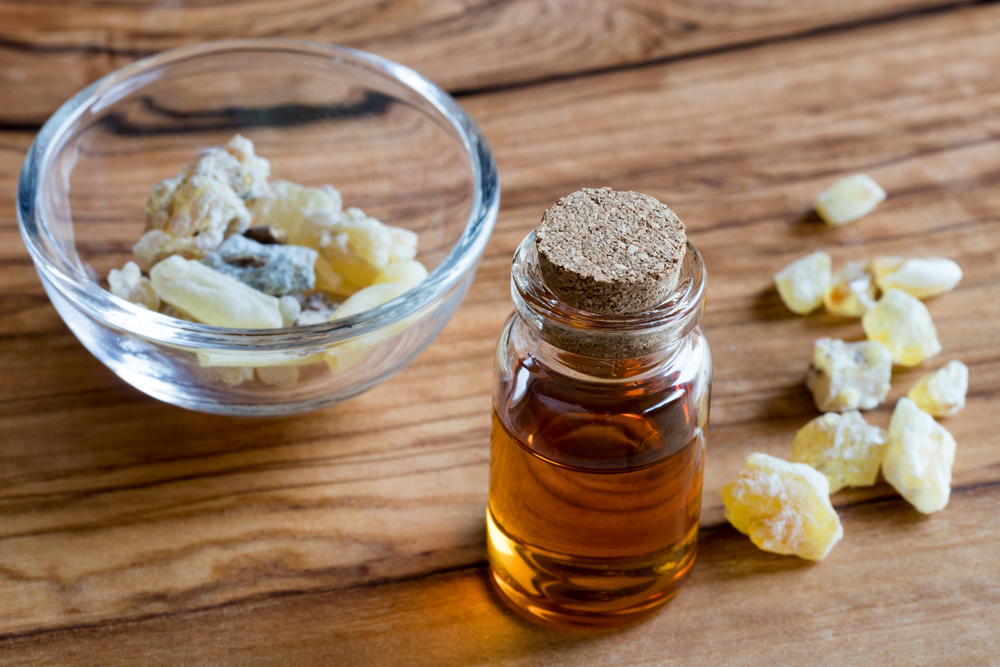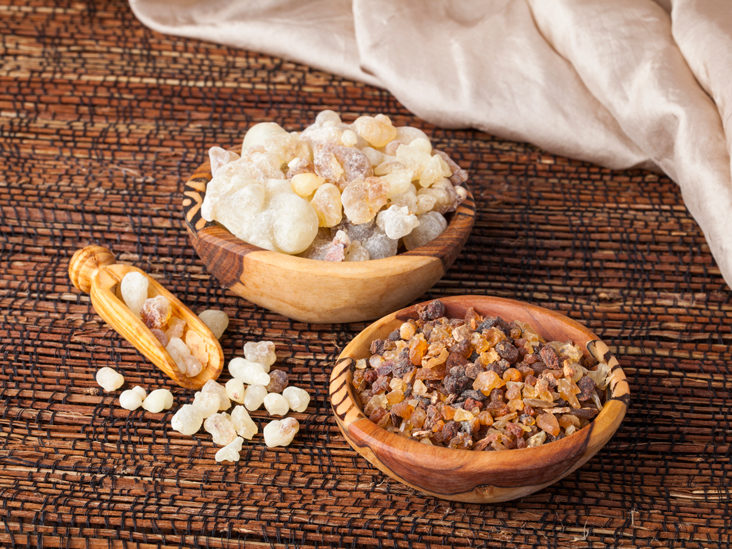
Frankincense, also called olibanum, aromatic gum resin containing a volatile oil that is used in incense and perfumes. Frankincense was valued in ancient times in worship and as a medicine and is still an important incense resin, particularly in Roman Catholic and Eastern Orthodox churches. The resin is also used in aromatherapy and skin care products and is valued in folk and Eastern medicine.
Frankincense is obtained from trees of the genus Boswellia (family Burseraceae), particularly from the species frereana, sacra, papyrifera, and serrata, which are found in Somalia, the Hadhramaut region of Yemen, Oman, and parts of India and Pakistan. Incisions are made in the trunks of the trees, and the frankincense exudes as a milklike juice that hardens on exposure to air.
The resin is generally collected from farmed trees in East Africa and parts of the Arabian Peninsula, though wild trees are sometimes sourced. Several Boswellia species, including papyrifera, are threatened by habitat loss, overgrazing by cattle, beetle infestations, and altered fire regimes in their native ranges.
